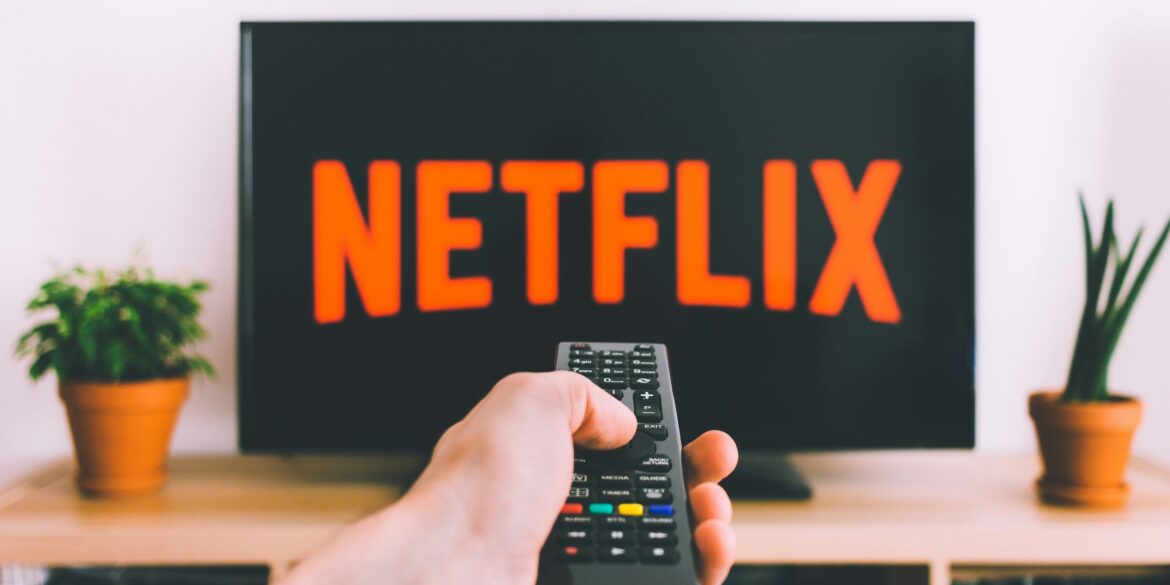The way we consume entertainment has drastically changed over the past decade. In 2025, streaming platforms like Netflix, Amazon Prime Video, Hulu, Disney+, and Apple TV+ dominate the media landscape, offering viewers unprecedented access to an endless library of television shows, movies, documentaries, and exclusive original content. As these platforms continue to reshape the entertainment industry, one must ask: How did we get here, and what impact has the streaming revolution had on culture, filmmaking, and the future of television?
The Early Days of Streaming: The Shift from Cable to On-Demand TV
The rise of streaming platforms began in earnest in the mid-2000s, when Netflix transitioned from a DVD rental service to a streaming powerhouse. In 2007, Netflix introduced its streaming service, changing the game by allowing subscribers to watch TV shows and movies instantly on-demand, without the need for physical discs. This model proved to be far more convenient than traditional cable television, which required users to adhere to fixed schedules and deal with costly subscriptions.
Hulu followed shortly after, offering viewers a similar service, while Amazon Prime Video launched in 2006 as part of Amazon’s subscription service. The late 2010s saw the arrival of new entrants into the streaming market, such as Disney+ in 2019, which sought to leverage its vast library of beloved franchises like Star Wars and Marvel to attract a loyal following. Apple TV+ also made its debut, providing high-quality original content like The Morning Show and Ted Lasso.
What began as a simple alternative to traditional television quickly grew into a cultural phenomenon. Streaming platforms disrupted the established television ecosystem by giving audiences the ability to watch whatever they wanted, whenever they wanted.
The Rise of Binge-Watching and the Death of the Weekly TV Schedule
One of the most significant cultural shifts enabled by streaming was the rise of binge-watching. Before streaming services, television viewers were accustomed to watching weekly episodes of their favorite shows. If they missed one, they would either have to catch up later or wait for reruns.
With the advent of streaming, the concept of “binge-watching” — consuming multiple episodes or an entire season of a show in one sitting — became a cultural norm. Services like Netflix popularized the “drop all episodes at once” model, allowing subscribers to watch entire seasons without waiting for weekly releases. This approach was not without its critics, but for many viewers, it offered the ultimate flexibility and control over their entertainment experience.
By 2025, binge-watching had become so entrenched in modern viewing habits that even traditional networks began to adopt streaming models, releasing entire seasons at once to compete with platforms like Netflix.
The Impact of Streaming on Film and Television Production
The rise of streaming services has had a profound impact on the way TV shows and movies are produced. Streaming platforms’ willingness to invest in high-quality, original content has led to the creation of some of the most groundbreaking and culturally significant shows and films of the 21st century.
Netflix’s Stranger Things, Amazon’s The Boys, and HBO’s Succession are just a few examples of streaming originals that have garnered critical acclaim and cultural significance. These platforms have allowed for greater creative freedom, as they are not bound by the same commercial constraints as traditional network television. This has led to an explosion of diverse, boundary-pushing content that challenges traditional storytelling and explores new forms of narrative structure.
In fact, the success of these original productions has forced traditional television networks to rethink their strategies. Networks like NBC and CBS, once reliant on ad-driven revenue, are increasingly shifting to streaming-first models, offering exclusive content on their proprietary platforms. The rapid rise of platforms like Disney+ also highlights the power of content franchises, as Disney capitalized on its Star Wars and Marvel properties to create exclusive programming.
The Globalization of Entertainment
One of the most exciting aspects of streaming is its ability to transcend geographic boundaries. Streaming platforms have allowed global content to reach international audiences with ease. Popular international shows like Money Heist (Spain) and Squid Game (South Korea) have gained massive followings in countries where they may have otherwise remained niche or unavailable.
This global exchange of content has opened up new markets for filmmakers and producers, while offering audiences the opportunity to experience a wide range of cultural perspectives. In addition, the success of these international shows has led to greater demand for culturally diverse content, further enriching the global entertainment landscape.
Conclusion: What’s Next for Streaming?
As streaming platforms continue to evolve, we can expect to see more innovations in content delivery. From interactive shows like Bandersnatch (Netflix) to the rise of virtual reality (VR) and augmented reality (AR) storytelling, the future of streaming is filled with exciting possibilities. The competition among platforms will likely intensify, with companies investing in more original content, technology-driven features, and audience engagement strategies.
For now, streaming remains the most dominant force in entertainment. It has transformed how we consume TV and film, democratized access to content, and allowed for unprecedented creative freedom. The future of media will undoubtedly continue to be shaped by the innovative, flexible nature of streaming, ensuring that this revolution will only continue to grow.

